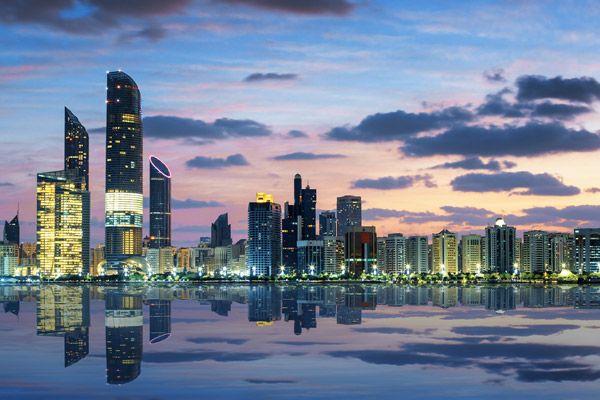
UAE, Saudi Arabia lead ME luxury hotel market
DUBAI, March 1, 2018
The UAE will continue to lead the GCC’s luxury hospitality segment to 2022, with 73 per cent of existing luxury hotel stock and 61 per cent of the region’s current luxury pipeline located in the country, according to data released ahead of Arabian Travel Market 2018, taking place at Dubai World Trade Centre from April 22-25.
The research demonstrates that luxury properties have increased three-fold in the GCC in just 10 years, with 95 per cent of these properties operated by international management brands.
Despite taking the lead position, the UAE will face strong competition from Saudi Arabia, which is expected to witness the most significant increase in luxury hotel supply to 2022, with a compound annual growth rate (CAGR) of 18 per cent from 2018 onwards. Across the rest of the GCC, this figure stands at 10 per cent in the UAE, 11 per cent in Oman and Kuwait, and 9 per cent in Bahrain.
Simon Press, senior exhibition director, ATM, said: “The opening of such iconic properties as Burj Al Arab in 1999 and Raffles Makkah Palace in 2010, changed the face of luxury tourism in the GCC, as well as the skylines of its major cities. The region may be working to attract a wider visitor mix, but its commitment to luxury hospitality and tourism will not take a back seat anytime soon.”
Historically, Saudi Arabia dominates CAGR trends, with luxury property development from 2013 – 2017 accounting for 11 per cent of the kingdom’s growth in supply, compared to 8 per cent in the UAE, 7 per cent in Kuwait, 6 per cent in Oman and 5 per cent in Bahrain.
In 2017, the UAE topped the table, with 35 per cent of the year’s pipeline made up of luxury projects; most concentrated in Dubai. This compares to 14 per cent of projects in Saudi Arabia, 20 per cent in Kuwait, 19 per cent in Bahrain and 11 per cent in Oman.
According to the research, compiled by Allied Market Research and published by Colliers International, there are six opportunities for further development in the GCC’s luxury segment. These include the introduction of more boutique hotels of 80 keys or fewer, offering privacy and exclusivity; luxury resorts to cater to the high demand for wedding and honeymoon destinations; iconic properties in prime locations; and nature and heritage concepts such as eco-lodges and glamping. High quality wellness and spa properties and luxury cruises also feature on the list.
Press continued: “The GCC’s reputation for world-class hospitality, original concepts and leading F&B have secured its place as one of the world’s most important luxury tourism markets attracting guests from around the globe. The trends we are witnessing are supported by a number of global developments in luxury spending.”
The global luxury market – including travel – is set to increase at a CAGR of 6.5 per cent to 2022, reaching values of $1.154 billion.
Celebrating its 25th year, ATM 2018 will build on the success of this year’s edition, with a host of seminar sessions looking back over the last 25 years and how the hospitality industry in the MENA region is expected to shape up over the next 25. - TradeArabia News Service







